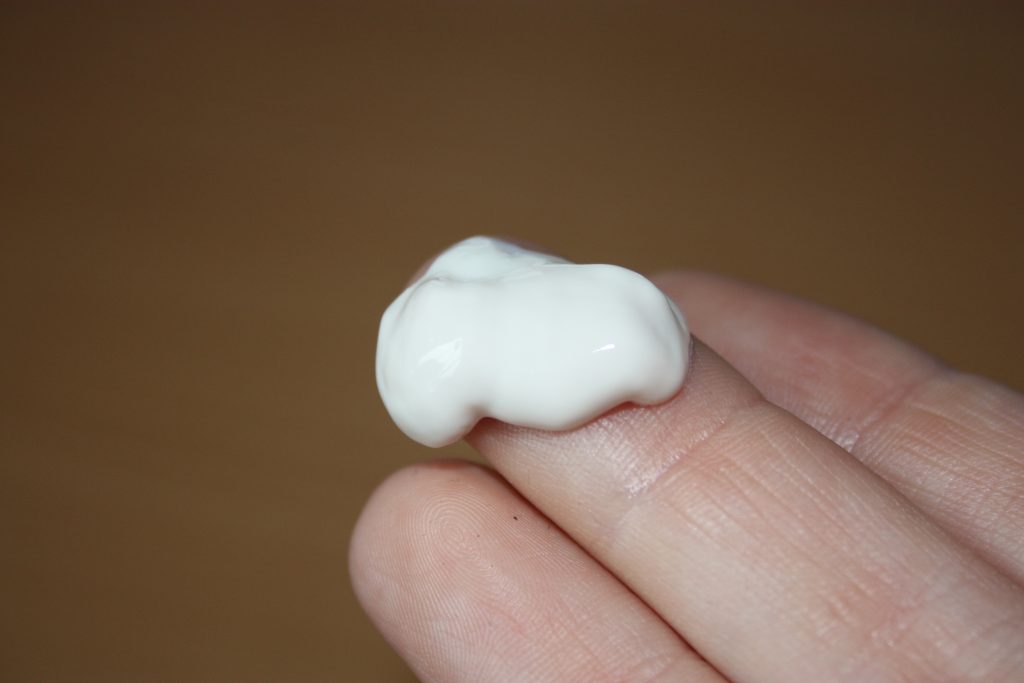What is the difference between cream and serum? As a beautician, I am often asked that question. But also how do you use a serum and why? In this column, I try to give you answers to these questions.
What is a serum?
A serum is often a more concentrated water in oil emulsion. Compared to a cream, for example, a serum is thinner and more fluid and absorbs quickly into the skin. In addition, a serum specifically takes care of a particular problem on the skin. For example; wrinkles, sagging or hydration. But they can also work on skin blemishes, hyperpigmentation, scars or inflammation. It used to be that a serum was only used in a beauty salon but nowadays every brand has a serum for a specific skin problem in their range. The more active and the higher the constituents are the more intense the effect.
When do you use a serum?
A serum is usually recommended as a course of treatment. So, for example, in the changes of seasons (spring and fall). You then use the serum in combination with your day and/or night cream. Often the serum also enhances the action of the cream, giving you faster results.
Is a serum necessary for every skin?
My maxim is that every skin can use a serum but the right one for your skin type. The trick is to find the right serum and cream for your skin type, which positively activate your skin functions without problems. Skin problems such as redness, itching and bumps often arise from using the “wrong” cosmetics. And by this I mean cosmetics that don’t suit your skin or skin age.
Therefore, also get good advice from someone who is not just a sales pitch but who properly analyzes and understands your skin.
Do you always have to use a serum from the same brand?
You’ve just seen an advertisement for a great serum from brand A, but you’ve been loyal to brand B’s products for years, so what do you do? Throw all your brand B products in the trash and switch completely to label A? Or can you just combine that new serum with your old creams?
The ingredients of a serum and cream from the same brand complement each other; there can be no conflicts between them. On the other hand, if you combine different brands, you always run the risk of products clashing. How do you know if your products go together? By trying them… If after about two weeks you don’t notice any additional skin problems such as acne, redness or dry patches, then your chosen brands are fine to live side by side. Keep in mind, however, that your unique brand combination may not work as efficiently as one label’s range of products. Compare it to a Lego structure: you can safely put a K’Nex brick here and there in a Lego tower, but a structure made exclusively of Lego or K’Nex will still be more solid.
How do I use a serum?
Many women hesitate to buy a serum because the packaging is so small. Those mere milliliters will be used up in no time, right? And it’s so expensive…
The high concentration of active ingredients in serums ensures that you need to use only a little of them. A few drops are enough to cover your entire face and neck. A cream is best applied by rubbing some product warm between your palms and from there transferring it onto your face with gentle pressing and rubbing motions, but if you were to apply a serum this way as well, you would waste too much product. Simply apply a few drops to your fingertips and massage into your face and neck. In ten seconds, the job is done! And then apply your day or night cream. So a serum is not necessarily more expensive relative to a cream. You use less of it and the concentration is stronger. More importantly, it gives great results!
Which serum suits you?
Would you like a recommendation on which serum is best for you? Indicate in a comment below what your skin concerns are and I’ll be happy to answer you. Of course, it is also possible to get a free consultation in our salon. Please contact
contact
us.

